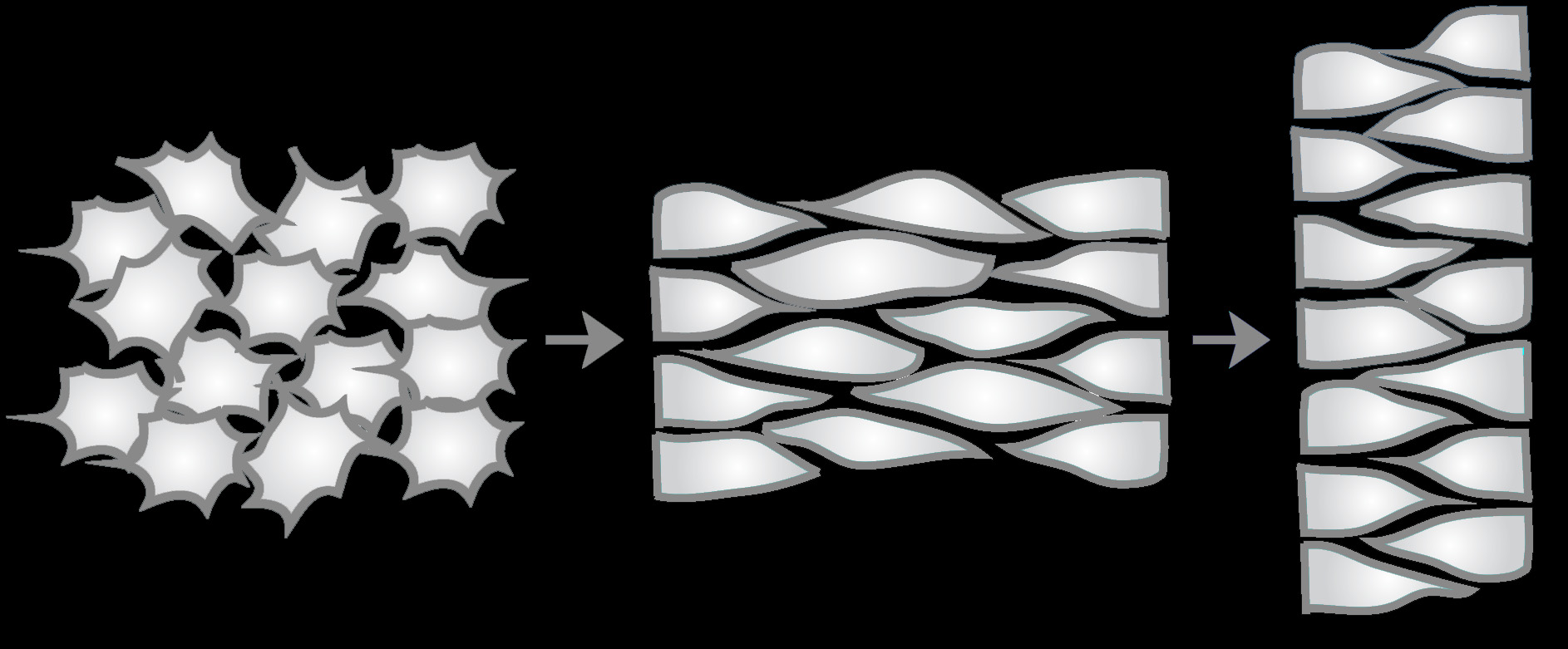Transgenic zebrafish embryo
every animal begins as a single cell that contains all of the instructions an embryo needs to build itself…
this includes both how to make all of the cell types that make up the body and
how to shape these cells into functional tissues and organs.
This shaping, or morphogenesis, is achieved through the highly coordinated behaviors of individual cells that together alter tissue architecture.
Mechanisms of C&E: cells intercalate in a polarized fashion to create a longer and narrower array
Cell tracking in a live zebrafish embryo
the different cell types within an embryo influence its shape. This is intuitive: for the embryo to shape its constituent tissues, it must know what and where these tissues are.
But how are cell identity and morphogenesis coordinated?
what signals orchestrate cell movements in space and time?
Generating explants from zebrafish embryos
remarkably, certain signaling molecules are not only necessary, but sufficient to drive morphogenesis in collections of otherwise naive embryonic cells!
Using genetic, live imaging, and synthetic biology tools in zebrafish, we are working to identify the molecules that coordinate embryonic cell movements - in space, time, and with tissue identity - to shape the body plan.
Zebrafish blastoderm explant expressing mesoderm-specific GFP







